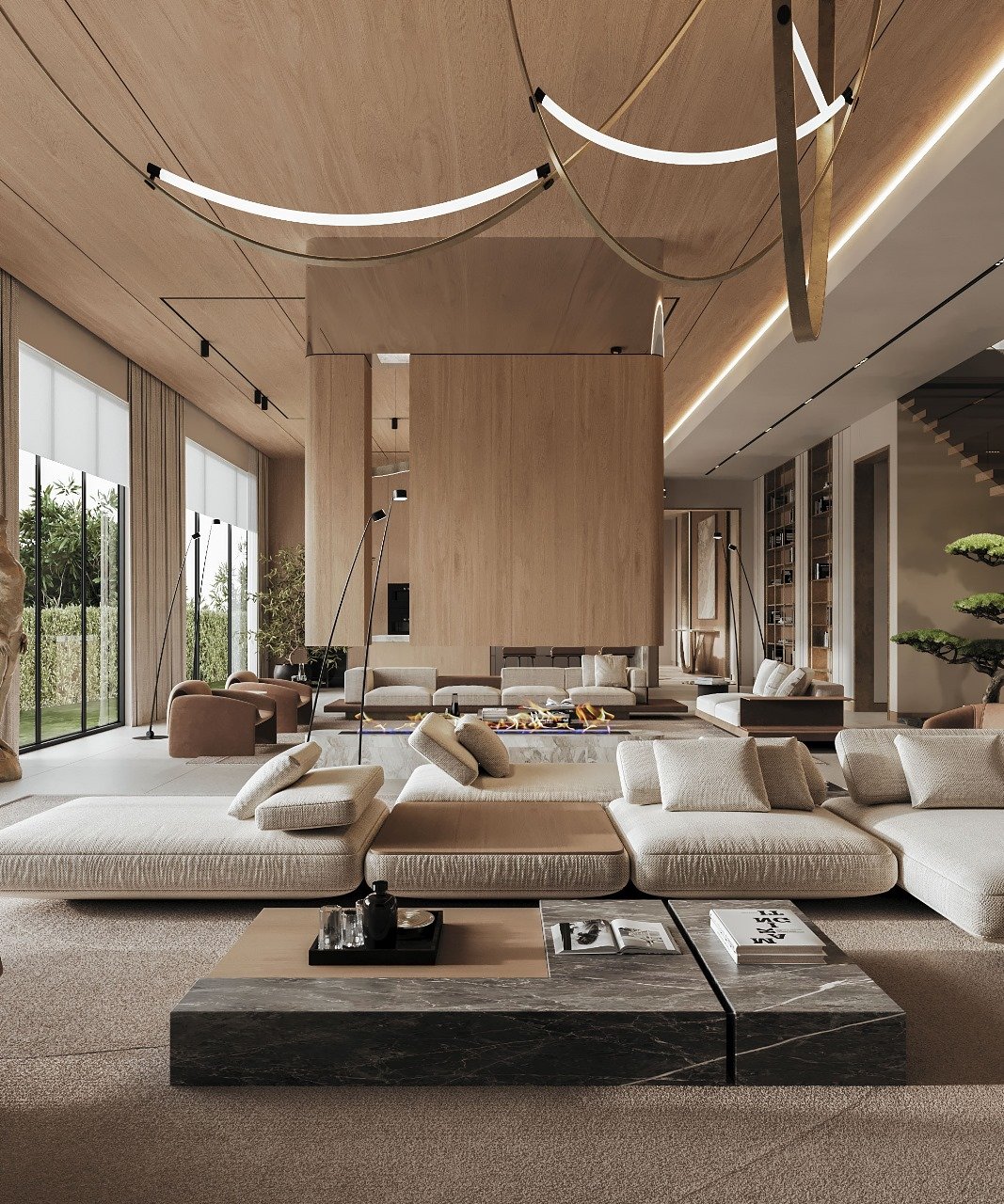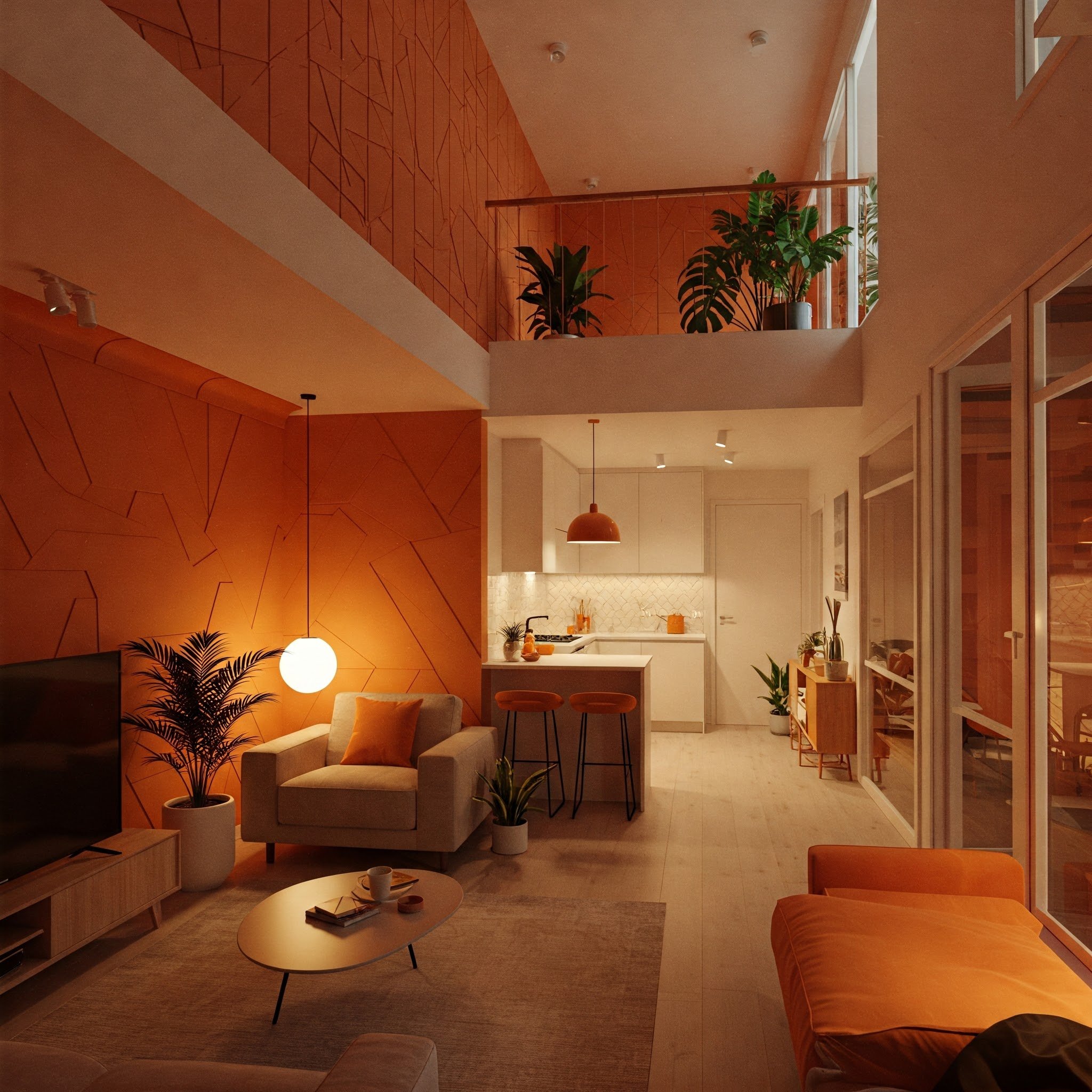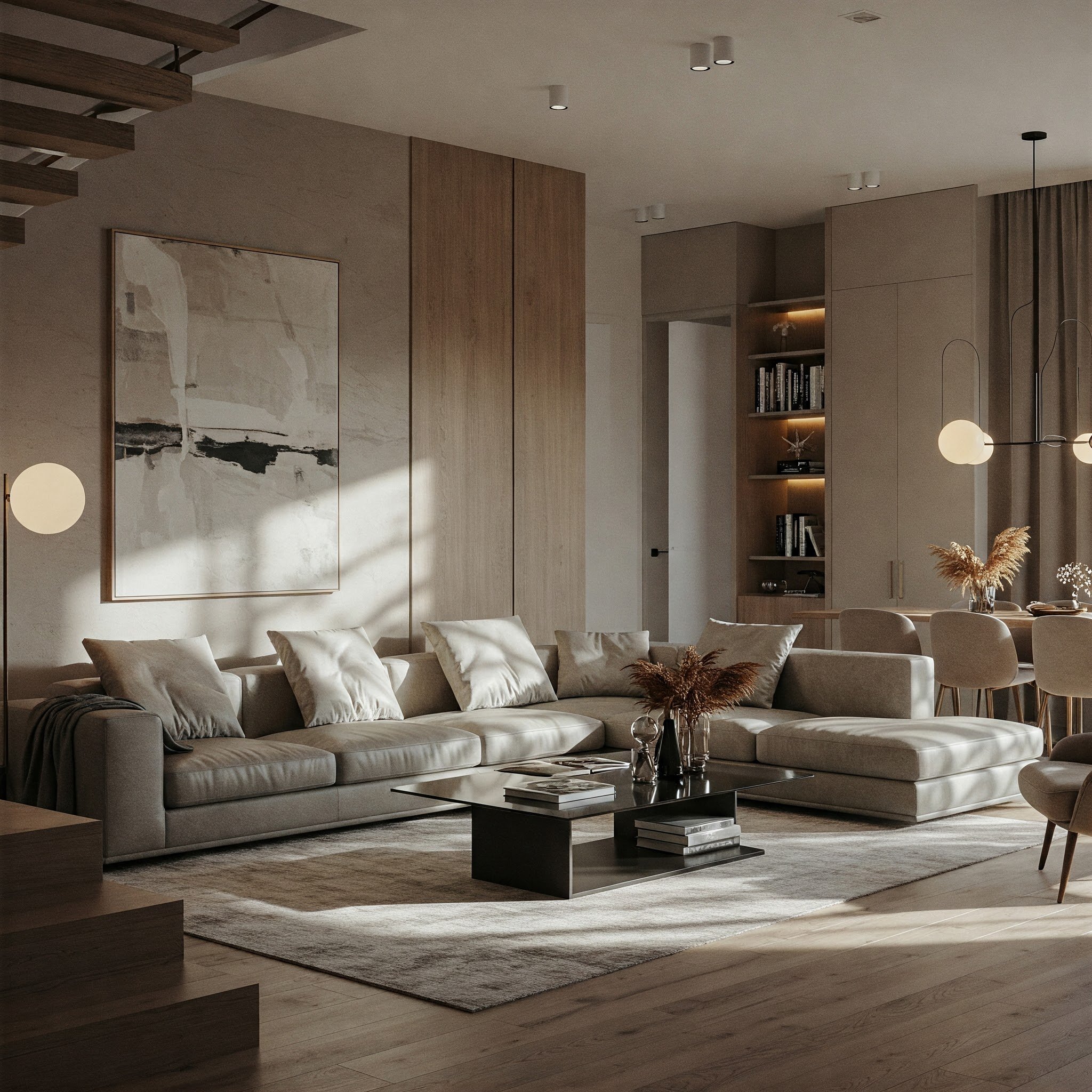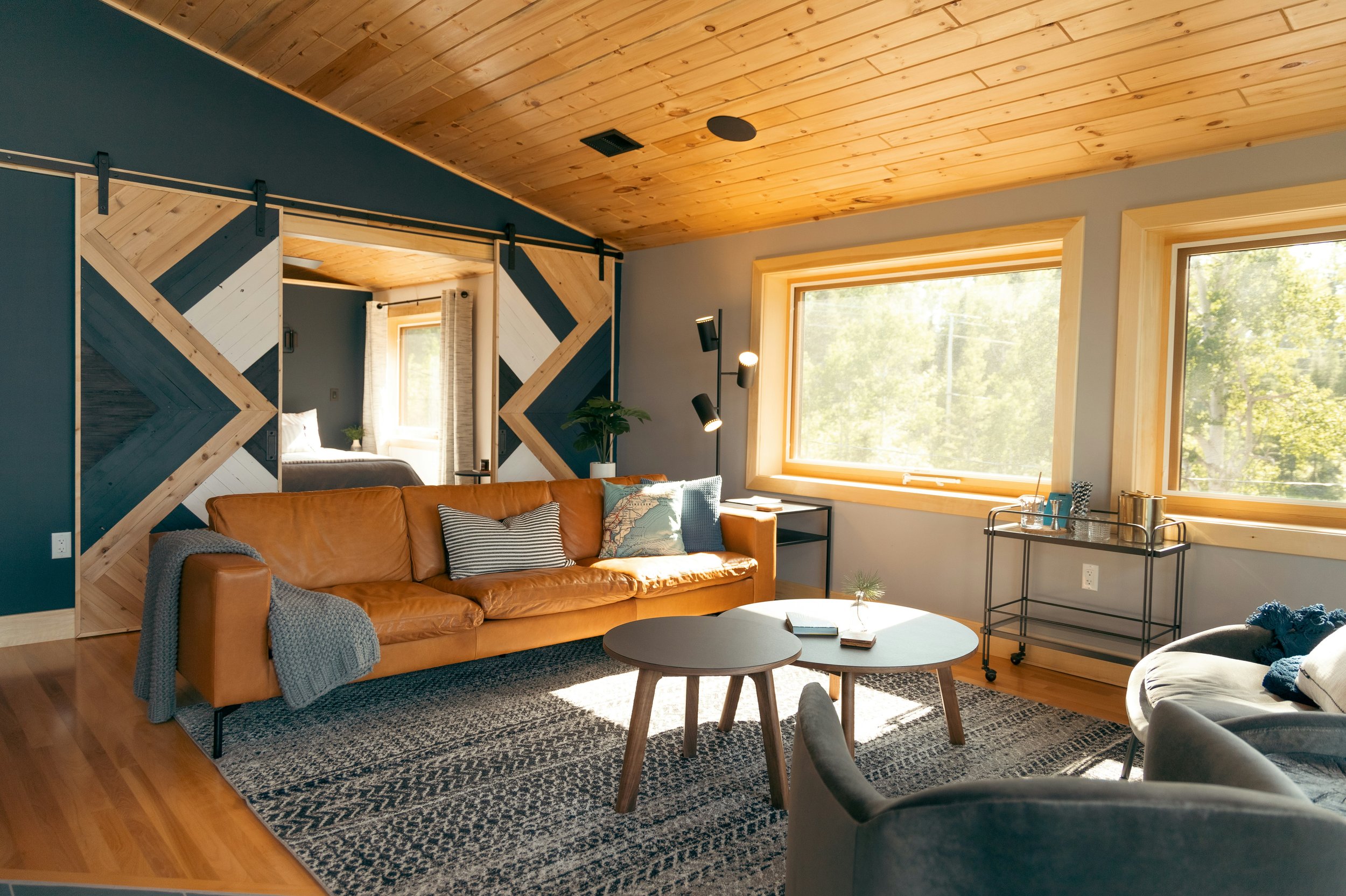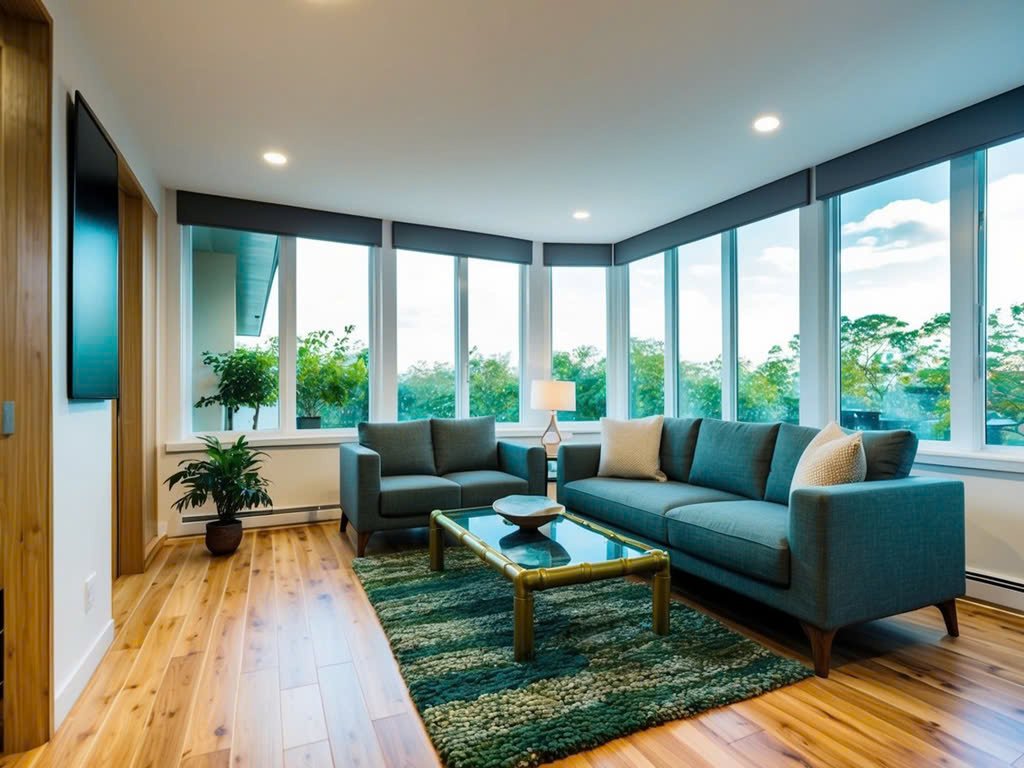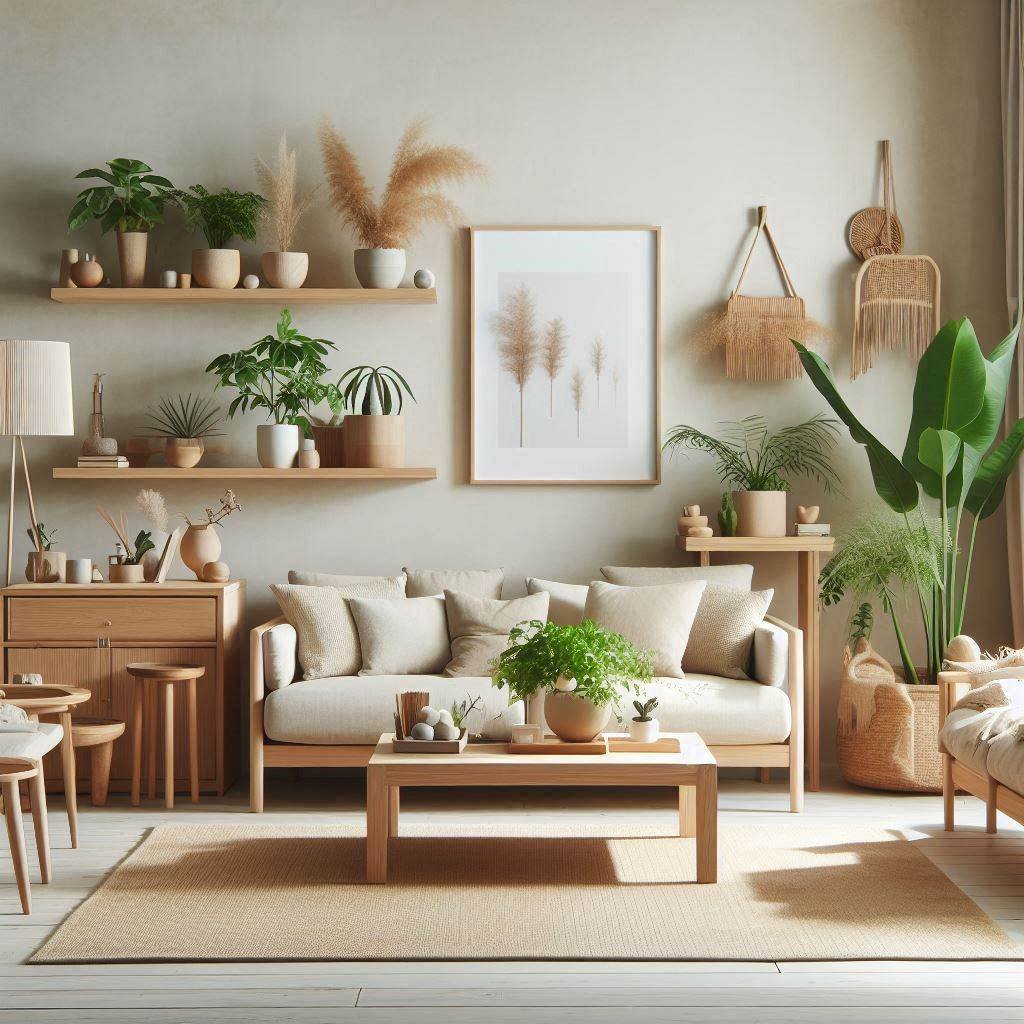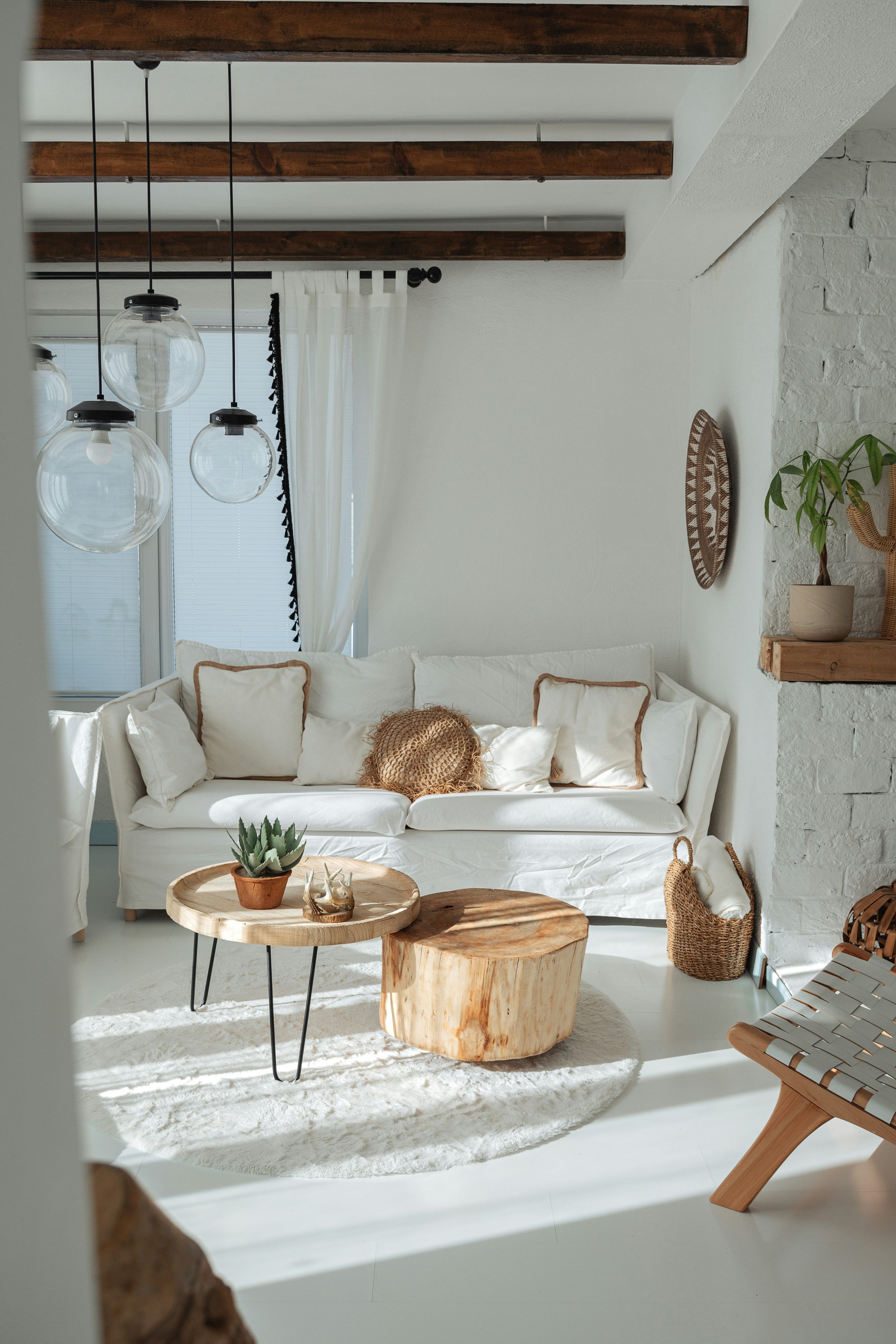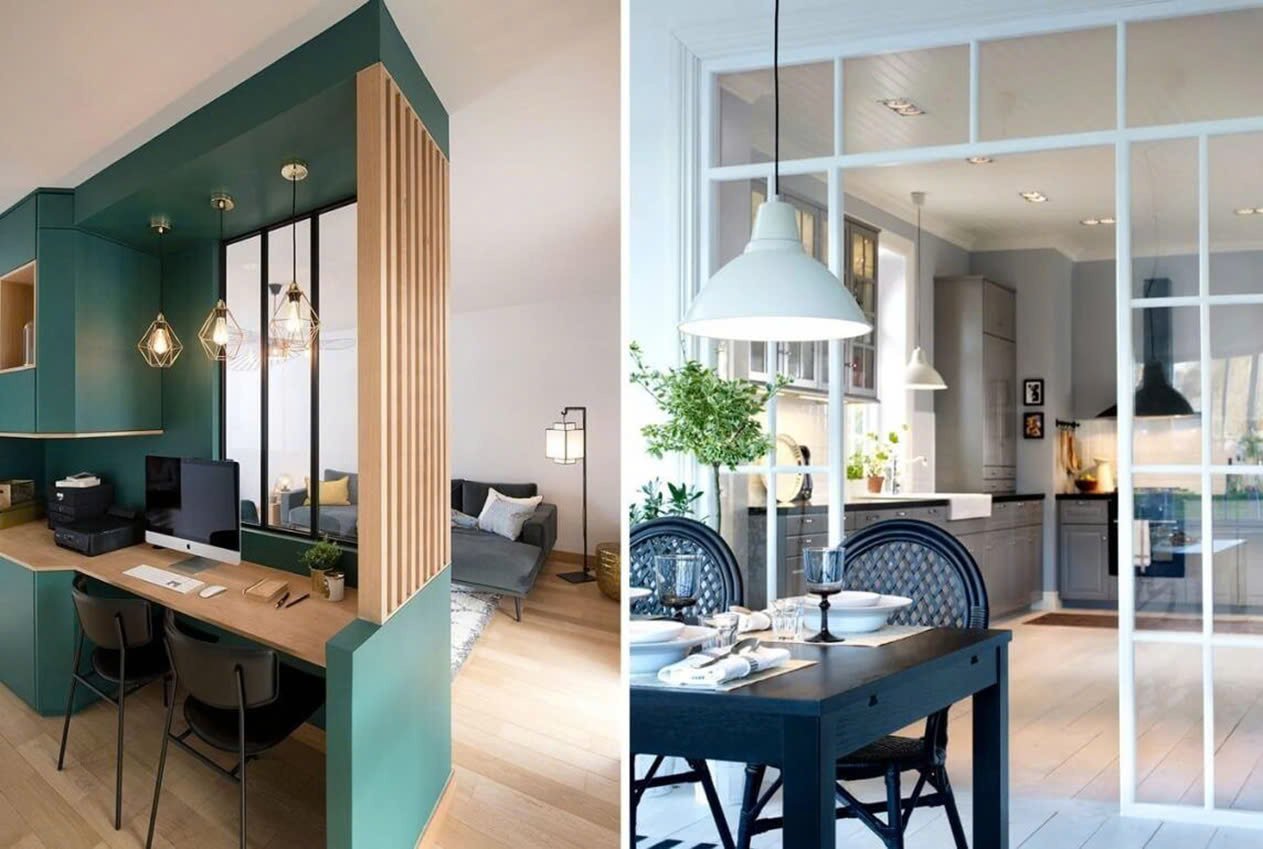Navigating the World of Interior Design: From Studies to Startup
Explore the journey from studying interior design to starting your own business. Learn essential tips, strategies, and insights for navigating the world of interior design.
Embarking on a career in interior design is an exciting journey filled with creative possibilities and opportunities to transform spaces into works of art! Yet, like any artistic endeavor, it comes with its set of challenges and demands. Students of interior design must not only master the artistic aspects but also understand the technical and business sides of the industry.
Studying interior design teaches you about color theory, spatial arrangements, furniture design, and more, equipping you with the skills needed to create functional and aesthetically pleasing environments. However, the transition from theory to practice, particularly when starting your own business, involves much more. It requires grit, adaptability, and a deep understanding of client relations and market dynamics.
Many students find this transition overwhelming as they juggle learning with practical applications and potentially starting a business. It's not uncommon for them to seek help, using services like "Do my essay paper" to manage their workload. This support allows them to focus more on developing their design skills and less on academic pressures, paving the way for a smoother transition into the professional world.
Mastering the Craft: Key Challenges in Interior Design Education
Balancing Creativity with Practicality
While interior design is a field driven by creativity, a significant portion of your education will also focus on practical and technical skills. Learning to balance aesthetic vision with functional design is crucial. Students must understand building codes, environmental sustainability, and accessibility standards, which are often challenging but essential for success in the field.
Technological Proficiency
In today’s digital age, interior designers must be proficient in various design software such as AutoCAD, SketchUp, and Adobe Suite. These tools are essential for creating detailed drawings and realistic renderings. Gaining proficiency in these technologies can be a steep learning curve for students who may be more accustomed to traditional methods of design.
Material Knowledge
A deep understanding of materials and their applications is critical in interior design. Students must learn about the durability, maintenance, and aesthetics of various materials to make informed decisions that suit both the style and functionality of a space.
Stepping Into the Business World: Starting Your Own Design Firm
Developing a Business Mindset
Transitioning from a student to a business owner requires a shift in mindset. Aspiring designers need to think like entrepreneurs, which means understanding market needs, networking, and effectively marketing their services. Learning these skills can be as challenging as mastering design techniques.
Building a Portfolio
For interior designers, a strong portfolio is crucial to attracting and retaining clients. Creating a portfolio that showcases a range of styles, spaces, and challenges can be daunting but is necessary for demonstrating capability and vision.
Navigating Client Relationships
Dealing with clients is an art in itself. Designers must learn to communicate effectively, manage expectations, and negotiate contracts. These interpersonal skills are vital for the success of any design business but are often underemphasized in traditional design education.
Leveraging Resources and Overcoming Obstacles
Continuous Learning
The field of interior design is ever-evolving, with new trends, materials, and technologies constantly emerging. Successful designers commit to lifelong learning, continually updating their skills and knowledge to stay relevant in the industry.
Financial Management
Understanding the financial aspects of running a business, including budgeting, pricing, and financial planning, is crucial. Many designers find this part of the business challenging, as their primary focus and passion lie in creative work rather than financial documentation.
Legal Considerations
Starting an interior design business also involves navigating various legal requirements, including licenses, insurance, and contracts. Understanding these aspects is crucial to avoid legal pitfalls and protect your business and your clients.
Expanding Your Design Toolkit: Essential Skills for Success
Emphasizing Sustainability
As environmental concerns become more pressing, sustainability has emerged as a critical focus in interior design. Students and new business owners should aim to integrate eco-friendly practices and materials into their projects.
Understanding sustainable design not only expands your service offerings but also aligns your business with global conservation efforts, appealing to a growing demographic of environmentally conscious clients.
Marketing Your Vision
In the digital age, marketing goes beyond traditional advertisements and word-of-mouth. Leveraging social media platforms, creating a compelling online presence, and utilizing digital marketing strategies are essential for reaching potential clients. Aspiring interior designers can strategically utilize technology to build their design toolkit not only with familiar software but also by expanding into innovative tools that improve productivity in other areas. For example, while mastering modeling software is vital, equally essential are tools like the customize resumes using AI feature. This can help rapidly create professional-looking resumes that showcase your skill set effectively when networking or seeking clients. Effective use of these tools can set your business apart and draw attention to your unique design solutions.
Strategic Networking
Building relationships within the industry can lead to partnerships, referrals, and opportunities that might not be accessible otherwise. Attend industry conferences, join professional organizations, and connect with fellow designers and related professionals online.
Each connection can be a step toward new projects or collaborations that enhance your portfolio and business reputation.
Mastering Project Management
Effective project management is crucial for running a successful interior design business. This includes scheduling, resource allocation, budget management, and timely delivery of projects.
Developing these skills can help ensure that your design projects run smoothly, meet deadlines, and stay within budget, which in turn can enhance client satisfaction and retention.
Enhancing Client Consultation Skills
Understanding client needs and translating them into functional, aesthetically pleasing spaces is at the heart of interior design. This often involves navigating complex discussions about personal taste, budgets, and expectations.
Enhance your consultation skills by practicing active listening, clear communication, and persuasive presentations to effectively sell your ideas.
Final Thoughts: Your Design Dream Realized
Starting a career in interior design and launching your own business is undoubtedly challenging but immensely rewarding. It combines creativity, technology, and business, offering a dynamic career path.
For students embarking on this journey, remember that resilience, continuous learning, and effective resource management are your keys to success. Embrace each challenge as an opportunity to grow, and use every resource at your disposal to achieve your dreams.
Remember, in the world of design, your next great project could be just around the corner!






